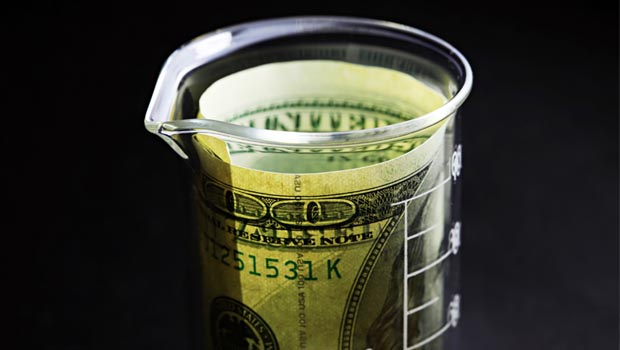Crowdsourced T1 R&D Fundraising

We’ve gotten used to crowdsourcing to fund everything from documentaries to startup clothing lines, but what about advances in diabetes care? Two new fundraising campaigns are crowdsourcing to raise money to foster innovative ways to treat Type 1 diabetes.
In March, Timesulin launched a campaign on Indigogo to raise $30,000 to bring its timer-enabled insulin pen caps to the U.S. The funds raised will go towards the costs of registering with the FDA, as well as consulting fees to navigate the FDA approval process. While diabetes tech companies have raised funds through crowdsourcing campaigns before, this might be the first time that a company is targeting a fundraising campaign to deal specifically with regulatory costs.
The device, which helps people with diabetes track when they last used their insulin pen, is already available in 40 countries through the European Union’s certification system, which costs less money to navigate than the FDA. Timesulin founder John Sjolund says he often receives emails from frustrated people with diabetes in the U.S. asking why the device hasn’t come to the states. He says there is more risk and higher costs in getting a product approved in the U.S. It can be hard for a small company to make that financial leap without a large-scale distribution deal in place.
“The risk is that we do all of the work with the FDA and we end up losing money on it,” Sjolund says.
Sjolund hopes the crowdsourcing campaign is a way to help people get behind the product. It’s a bit like voting for the device to be available in the U.S. market, he says. In return for their donation, Timesulin offers first crack of the timers if/when they are are approved by the FDA, as well as public-radio-like goodwill premiums, including books signed by authors with diabetes. There are probably quicker and more direct ways to raise $30,000 from a single investor or a small group of investors, but Sjolund says the real value of the campaign is that it helps gauge interest and foster a connection in a new marketplace.
“We’re not expecting to make any real money on this,” Sjolund says. “We’re seeing this as a test to see if there’s support.”
He also is hoping that the campaign will further discussion in how to better streamline the FDA approval process for diabetes technology and drugs. He says FDA regulators have been very helpful in the regulatory process, but some FDA regulations still make diabetes innovation difficult.
“My own humble opinion is the FDA does an excellent job of removing every possible risk, but that’s also the reason many of these important drugs and important devices aren’t available,” he says.
Scientists are also starting to test the waters of crowdsource funding to further T1 diabetes research. Columbia University immunologist Dr. Remi Creusot has launched a campaign to fund research into creating “educator” cells that can reprogram T cells to not attack the pancreas. Dr. Creusot launched the $20,000 campaign through Consano, a crowdsourcing site that funds non-profit research; he has raised over $5,000 so far. He says crowdsourcing is a great way to incubate new ideas, as many big foundations want proof of concept before committing large sums.
“This kind of funding is ideal to get ‘seed’ money to generate the first set of data that will help convince reviewers,” he says in an email interview.
Such campaigns can succeed. Last year, two groups of researchers together raised $600,000 to study gut microorganisms, according to a NPR report. Even campaigns that slowly raise funds can help scientists with their work, says Dr. Creusot.
“I am able to claim funds incrementally so that I can get started, and I do not need to wait until the full amount has been raised,” he says.
A successful campaign requires more than just slapping up a scientific proposal and counting the money, however. Crowdsource donors will back ideas that are well communicated, and they want to feel a personal connection to the scientific work being done. Dr. Creusot’s page features a cartoon video explaining his research, as well as a detailed bio. Successful social media outreach takes time and effort, but it also creates a sense of community.
“The ability to reach out directly to the community is a unique experience; the public gets a chance to know not just the science but also the human side of me,” he says. “I make a point of personally emailing all my donors to thank them and I provide them with a contact email for any questions or feedback that they might have.”
Like Sjolund, Dr. Creusot doesn’t believe that crowdsourcing will replace traditional funding. Instead, he says, it will add a new way for the public to support scientific research, and it will become a vital new tool for researchers.
“It will make a difference for a lot of scientists, especially in this difficult funding climate,” he says.
To learn more about both campaigns or to donate:
- Timesulin – Making your diabetes insulin pen smarter…Finally in the U.S.A.
- Harnessing our immune system to suppress Type 1 Diabetes
Thanks for reading this Insulin Nation article. Want more Type 1 news? Subscribe here.
Have Type 2 diabetes or know someone who does? Try Type 2 Nation, our sister publication.